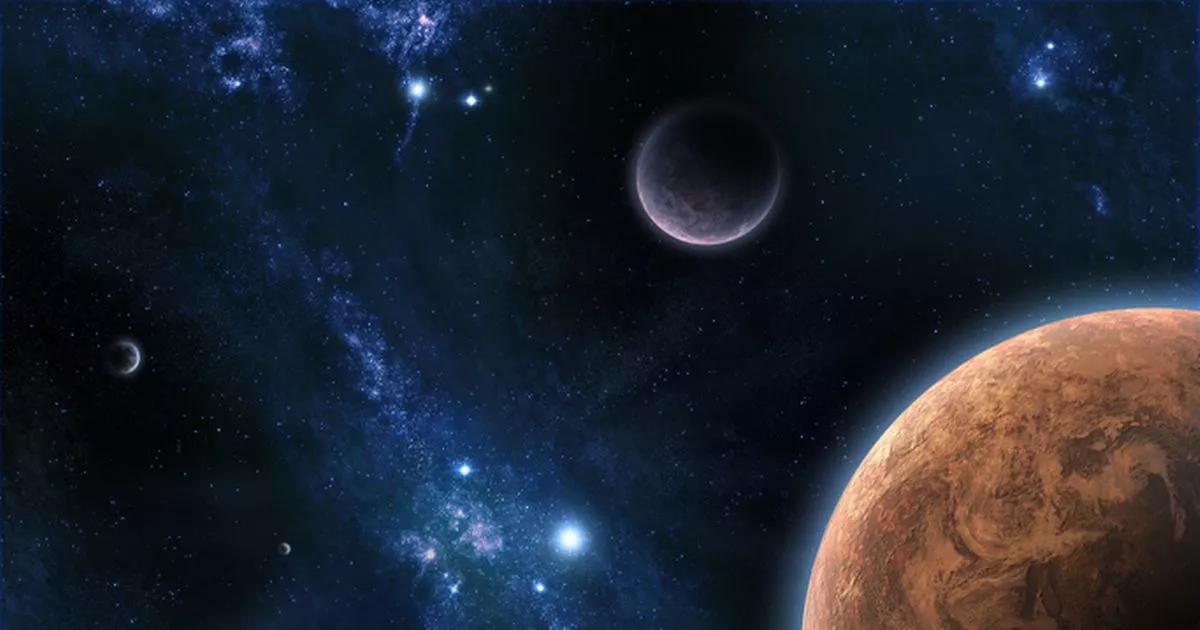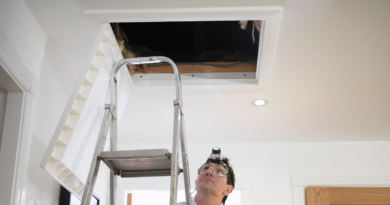'Potentially habitable planet' discovered 40 light-years away in major breakthrough – The Mirror
Astronomers say they’ve found the ‘nearest, temperate, Earth-size world located to date’ which may be habitable to humans in an exciting new breakthrough discovery
Astronomers have found a planet that is 'potentially habitable' to humans in what may be a major breakthrough that can help track down other planets similar to Earth.
The potentially liveable planet, named Gliese 12b, is 40 light-years away and slightly smaller than Earth, with a size more comparable to Venus. With an estimated surface temperature of 42°C (107°F), scientists believe the planet could be lived on, as parts of Texas registered even higher temperatures than that earlier this month. But in order to determine whether it is actually habitable, astronomers would need to find out whether or not it has an atmosphere, the Irish Star reports.
Masayuki Kuzuhara, a project assistant professor at the Astrobiology Centre in Tokyo, who co-led one research team with Akihiko Fukui, said: "We've found the nearest, transiting, temperate, Earth-size world located to date. Although we don't yet know whether it possesses an atmosphere, we've been thinking of it as an exo-Venus, with similar size and energy received from its star as our planetary neighbour in the solar system."
According to RTE, The University of Warwick's Professor Thomas Wilson was optimistic about the discovery, sayign it would help scientists in their search for similar planets to Earth. He said: "This is a really exciting discovery and will help our research into planets similar to Earth. Sadly, this planet is a little far away for us to experience it more closely. The light we are seeing now is from 40 years ago – that's how long it has taken to reach us here on Earth."
He added: "Planets like Gliese 12 b are few and far between, so for us to be able to examine one this closely and learn about its atmosphere and temperature is very rare."
A Planet’s habitability is based on its potential to develop and maintain environments hospitable to life. Conditions on Earth and the characteristics of the Sun and Solar System – where life can flourish – can be used as a measure to estimate whether another environment may be considered safe. These environments do not need to contain life to be considered habitable.
Sign up to FREE email alerts with news to brighten your day




